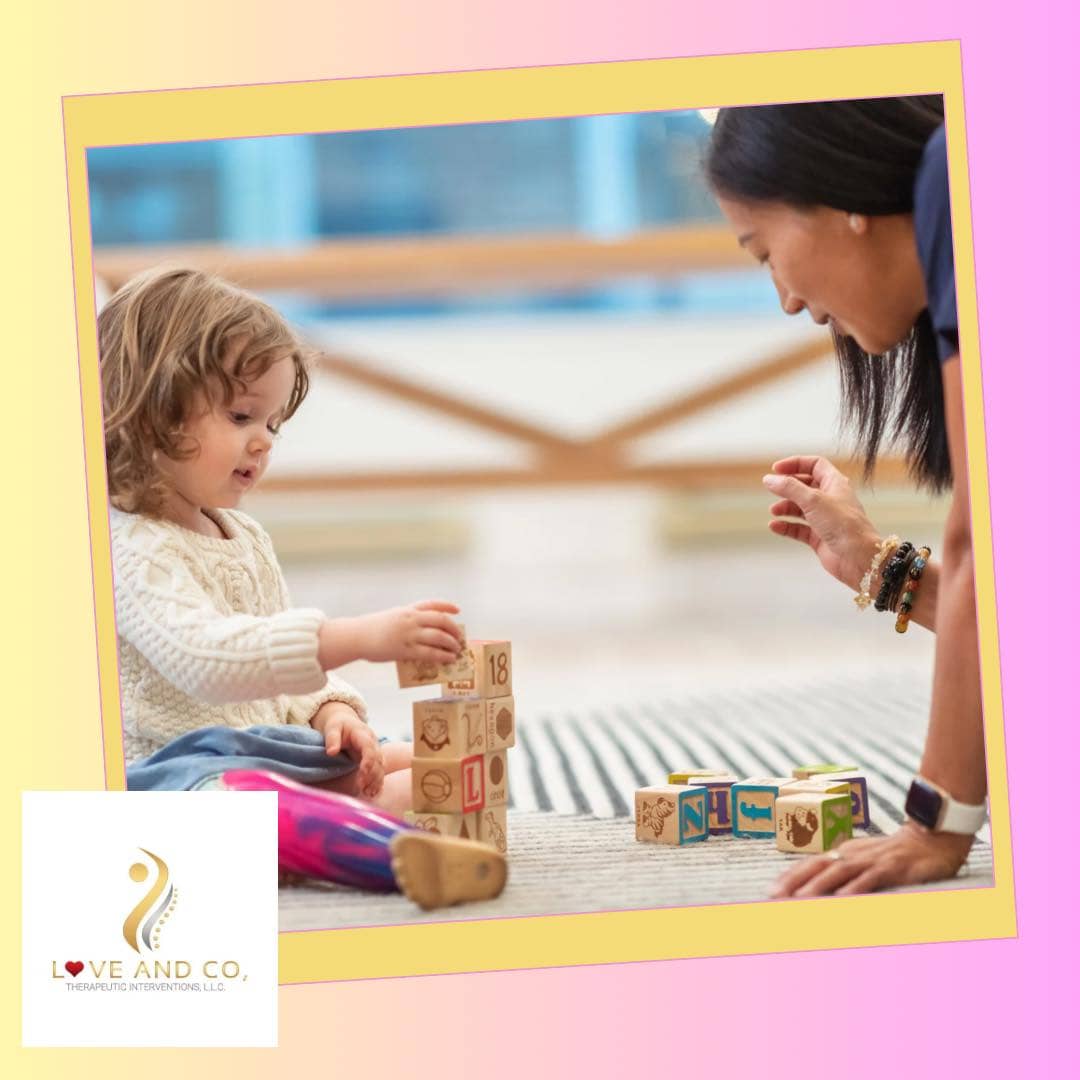If your child is receiving both speech therapy and occupational therapy (OT), you might be wondering how these two services connect. Do they overlap? Can they work together? The short answer: absolutely! In fact, speech and OT can be a powerful combo when it comes to helping your child grow and thrive.
Here’s how they team up:
Building the Foundation Together
Speech therapists focus on communication, things like language, speech sounds, and social skills. Occupational therapists focus on everyday tasks, things like motor skills, sensory regulation, and self-care. But both therapies support one critical thing: your child’s ability to participate in the world.
For example, if your child struggles with attention, both therapists might work on strategies to help them stay focused, whether it’s to follow directions in speech therapy or complete fine motor tasks in OT.

Supporting Each Other’s Goals
Let’s say your child is learning to ask for help. In speech, they might practice saying “help me.” In OT, they may be working on using a zipper or handling tricky buttons. A speech therapist might join in during an OT session to help your child request help during a dressing task using their method of communication. That’s teamwork in action!
Or maybe your child avoids speaking because of sensory sensitivities. An OT can help with strategies to make your child more comfortable, while the speech therapist builds their confidence with communication in those same settings.

Helping with Feeding and Oral Motor Skills
Feeding challenges are a great example of where speech and OT overlap. OTs may work on posture, hand strength, or sensory aversions, while speech therapists focus on chewing, swallowing, and oral-motor coordination. When they collaborate, they can make meals less stressful and more successful.

Creating Consistency
When speech and OT work together, they can keep strategies consistent across sessions. If both therapists are using the same visuals, language, communication, and behavior supports, it makes it easier for your child to generalize what they’re learning across different environments.
Seeing the Whole Child
Together, speech and OT can look at the whole picture, how your child communicates, moves, regulates, plays, and participates in daily routines. They each bring a unique lens, and when they share what they see, they can develop a more personalized, well-rounded therapy plan.

What Can You Do as a Parent?
- Ask your therapists if they collaborate or share notes.
- Share any concerns or updates across both teams.
- Encourage joint sessions if your clinic or school allows them.
- Be part of the process, what you do at home matters just as much as what happens in therapy! Therapy MUST continue at home for your child to be successful.
Final Thoughts
When speech and OT join forces, it’s not just about ticking off goals. It’s about helping your child feel confident, capable, and connected. This is something worth celebrating!

Love & Co. Therapeutic Interventions
referrals@loveandcompanytherapies.com
☎ 1 (941) 557-3881
☎ 1 (941) 264-8641
Follow us on Facebook
If you like our resources, please like and share our page!

Leave a Reply